On the Body (Guillermo Gómez-Peña)
Traditionally, the human body, our body, not the stage, is our true site for creation and materiaprima.It's our empty canvas, musical instrument, and open book; our navigation chart and biographical map; the vessel for our ever-changing identities; the centerpiece of the altar, so to speak. Even when we depend too much on objects, locations, and situations, our body remains the matrix of the piece.
Our body is also the very center of our symbolic universe—a tiny model for humankind (humankind and humanity are the same word in Spanish: humanidad)— and at the same time, a metaphor for the larger sociopolitical body. If we are capable of establishing all these connections in front of an audience, hopefully others will recognize them in their own bodies.
Our scars are (mostly) involuntary words in the open book of our body, whereas our tattoos, piercings, body paint, adornments, performance prosthetics, and/or robotic accessories, are deliberate phrases.
Our body/corpo/arte-facto/identity must be marked, decorated, intervened culturally, mapped out, chronicled, re-politicized, and re-captured by the camera. When our body is ill or wounded, our work inevitably changes. Ron Athey, Franco B and others have made us beautifully aware of this.
Our bodies are also occupied territories. Perhaps the ultimate goal of performance, especially if you are a woman, gay or a person "of color," is to decolonize our bodies and make these decolonizing mechanisms apparent to our audience in the hope that they will get inspired to do the same with their own.
***
"Dances for Non/Fictional Bodies" exists in a border zone in which dance, performance/installation, process art and Ensemble Theater overlap. It embraces (unapologetically) the acute crisis of genre, representation and authorship currently afflicting all forms of live art including postmodern dance.
The piece is comprised of five individual journeys in search of a shared system, a structure and an order that Curtis does not wish to construct by himself. At times these performance journeys converge in surprising duets, trios or group "moments," which can change in every performance.
The enigmatic ritual actions and powerful live images developed in this process raise all kinds of questions: How to develop a more horizontal and de-centered collaborative model that embraces difference in a non-condescending way? How to contest the problematic notions of physical perfection and virtuosity which are at the core of dance culture? How to challenge the audience's expectations for spectacle and invite them to be 'active spectators,' and behave in a more embodied and responsible way?

